Nostalgia on Tuesday: Double disaster
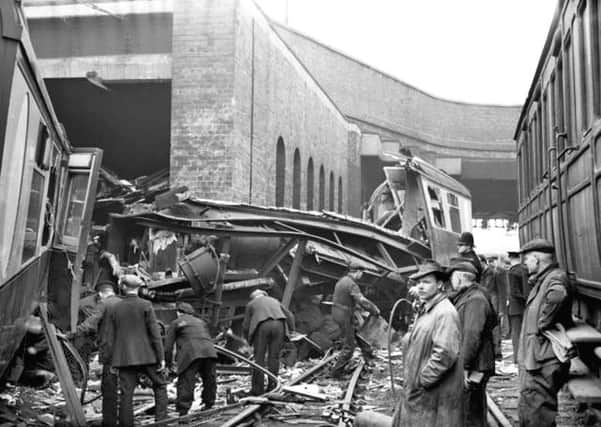

On August 9, 1947, the crowded 1.25pm King’s Cross-Leeds holiday express ran into the rear of the stationary 1.10pm King’s Cross-Leeds just south of the town, between Bridge Junction and Balby Junction signal boxes. Four carriages of the first train were completely smashed. Two other carriages of this train were also damaged, while the engine and the three leading coaches of the second train were derailed.
Passengers, dazed and terrified, crawled out of both trains and streamed across the lines. They searched among wreckage for luggage, and in some cases, for relatives and friends who had been travelling in different compartments and corridors of the crowded holiday express.
Advertisement
Hide AdAdvertisement
Hide AdEach train was heavily loaded and carried approximately 700 passengers, a number of them standing in the corridors. Eighteen people were killed with around 120 injured. Most of those killed and seriously injured were travelling in the rear portion of the first train.
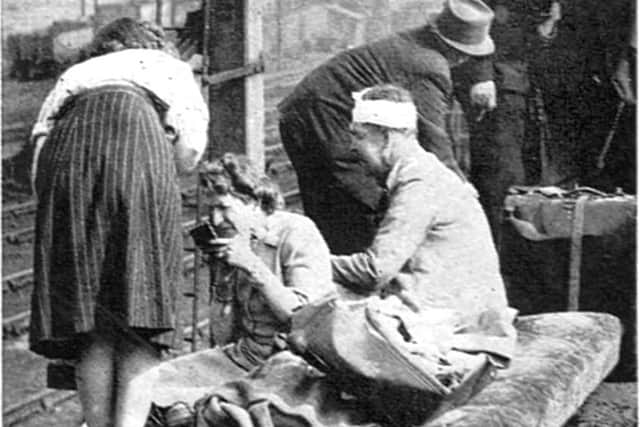

Some of the passengers were trapped for three hours under the wreckage, and doctors had to give morphine to victims to ease their pain until rescue teams hacked and sawed through masses of timber and tangled steel. Doctors and rescue workers toiled ceaselessly, setting bones, superintending blood transfusions and even operating. Gangs of railway workers toiled throughout the day to clear the main London-Scotland line of wreckage.
With rationing in force at the time of the crash, divisional food officers later dealt with claims of those who sacrificed tea and food rations to help the victims and those who gave up sheets and other linen goods for use as bandages.
At the Ministry of Transport inquiry into the crash, at Liverpool Street Station, London, on August 14, 1947, it was heard that the 1.25pm train was improperly allowed to enter the occupied section ahead of Balby junction under clear signals
Advertisement
Hide AdAdvertisement
Hide AdA signalman at Balby Junction Box dramatically admitted he made two mistakes. He said he did not see the rear of the first train – the 1.10pm – which was stationary just past his box, because “he was not looking that way”. He also agreed that he made the mistake of allowing the 1.25pm train into a section that wasn’t clear, being occupied by the 1.10pm train.
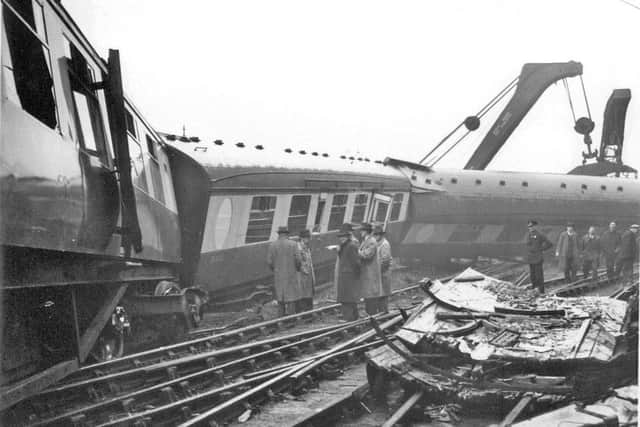

Ronald Brown Huffingley, fireman of the 1.25 train, said: “We were travelling at 40mph passing Balby. I noticed a train in front about 100 yards away. For a second I did not realise it was on the same line as ourselves, and shouted to the driver, who put the brake straight down. When the train stopped I was lying on the ground outside the cab. I was shaken but not injured. My driver was badly shaken and had scalds and burns.”
The inquiry concluded that if a colour light home signal, subsequently installed after the crash, had been in operation at the time of the incident, it would not have happened. The signal was part of a scheme held up by the war, it was stated.
On March 16, 1951, a second rail crash occurred at Doncaster. This time it was on the north side of Balby Bridge and involved the 10.06am Doncaster-King’s Cross train. Fourteen people were killed and around 20 injured. Among the dead was a family of three – husband, wife and a 12-month-old baby.
Advertisement
Hide AdAdvertisement
Hide AdThe crash came as the train with 14 coaches and a horse box was slowly pulling away from Doncaster behind an engine named ‘Cock o’ the North’. The official accident report states the engine “was derailed as it passed through a scissors cross from Up Slow to Up Main at 20-25mph”.
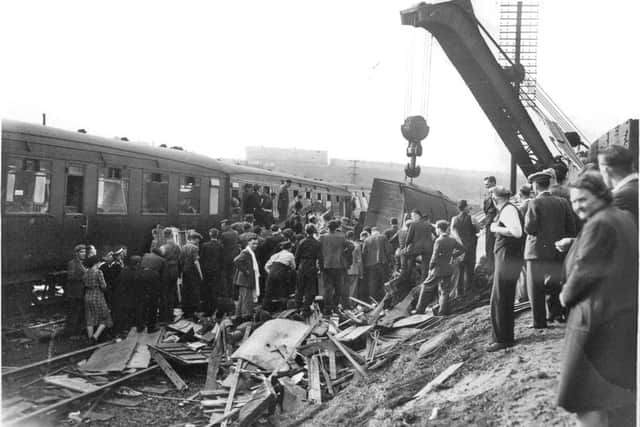

The engine and the first two of the coaches remained on the line, but the next eight coaches were derailed. The rear of the third coach was diverted to the left and the vehicle was carried forward broadside and crushed to destruction against the pier of Balby Road overbridge. The remaining derailed coaches were damaged in varying degree. The crash occurred only about 100 yards from the scene of the disaster in 1947.
Every ambulance in Doncaster was summoned and firemen, doctors and people from nearby houses worked feverishly to aid the injured and search for victims.
At the inquest, a verdict of accidental death was recorded, with a rider that more supervision should be given to speed limits over crossings. The driver of the train, David Wadsworth, who had been ill for some time after the crash, said he went over the crossing from the slow line to the main line at the point where the accident happened at 15 mph, which was the usual practice. He had driven over it many times and always at that speed. When asked if he had any means of checking the speed, he replied, “No. you have got to estimate.”
Advertisement
Hide AdAdvertisement
Hide AdOn being asked by the coroner if he knew there was a limit of 10 miles for the crossover, he answered, “Not then, Sir.”
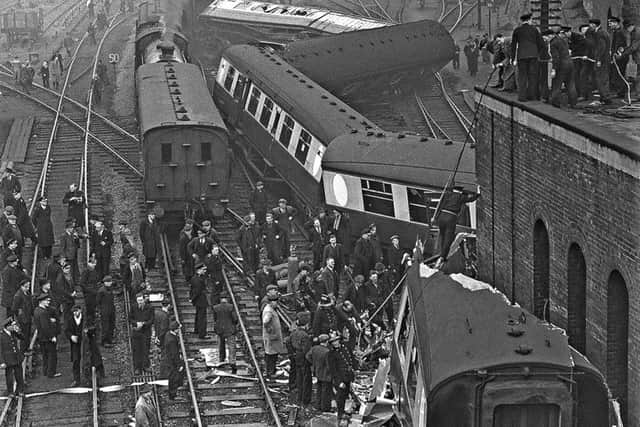

Later, when summing up, the coroner said he could find no evidence upon which the jury would be justified in finding that the train was driven recklessly or with culpable negligence.
Col G R S Wilson led a Ministry of Transport investigation into the accident which concluded that poor maintenance of the crossover was the primary cause with bolts supporting the crossover assembly missing or cracked.
It also added “the speed of the train was considerably higher than the maximum permitted, but in the ordinary way, no such serious consequences would be expected from a derailment at 20-25mph.